Often when Scottish Americans become interested in “their” tartan, they are focused on a clan tartan based on a surname connection to that clan. While that’s definitely an option, I encourage those with Scottish roots to broaden their view of tartan and its many expressions in our modern society. Since the knowledge of clan specific tartans is a mostly 19th century development, why not explore what the 21st century has to offer in the way of tartan designs that allow you to express not only your heritage but also your life today.
While there isn’t much information about the number of tartan designs before the 19th century, we do know that there are exponentially more today because we have an official tartan register. According to the Scottish Register of Tartans (the Register), which was created by an act of the Scottish Parliament in 2009, there are currently 12,780 registered designs! The number is likely much higher when you consider that there are “unclaimed and unnamed” designs as well as designs that have been created but not registered. For example, I created a personal tartan for the Scottish American Insider blog, which is used in the logo.
There are currently 12,780 registered tartan designs!
Search for tartan designs
While the Register officially registers tartans, the Scottish Tartans Authority (STA) is a nonprofit organization dedicated to the preservation and promotion of tartan. According to its website, the STA “maintains the world’s largest and most comprehensive tartan database, the most extensive woven tartan archives and an unsurpassed archive of books and documents on tartan and its many strands.” If you join the STA for $22 USD, you gain access to their database as well as their tartan experts (and support their work). You can search tartan designs for free at the Register, though you’ll need to create an account to get detailed information such as thread counts.
If you want to expand your search for a tartan beyond a surname or clan, you’ll find a vast array of options — some inspiring, some serious and some, well, silly or weird! The Register classifies tartan designs into nine categories: clan/family, family/personal, district (geographic region), corporate, commemorative, military, royal, fashion or other.
Modern day options
In the corporate category, you’ll find that Coca Cola has an official tartan as does Irn Bru, Scotland’s famous orange soda. In the personal category, professional wrestler “Rowdy” Roddy Piper has a tartan; as a Canadian with Scottish heritage, he wore a kilt and played bagpipes as part of his wrestling persona. Elvis Presley has two tribute tartans (his Scottish ancestors were traced to the village of Lonmay, Aberdeenshire), and Prince (not the Bonnie one, the musician one) has a tartan named, not surprisingly, Purple Rain.
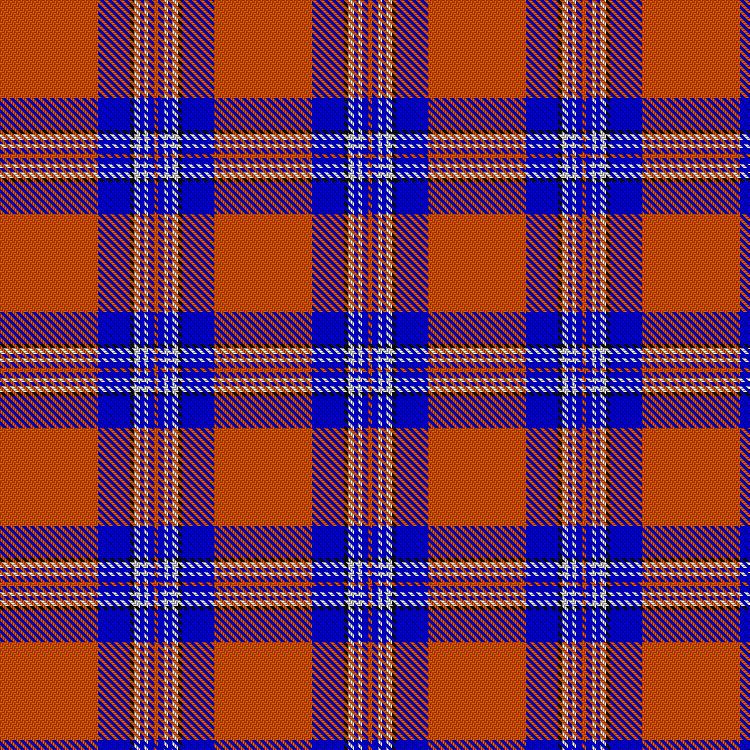
Irn Bru tartan image from Scottish Register of Tartans 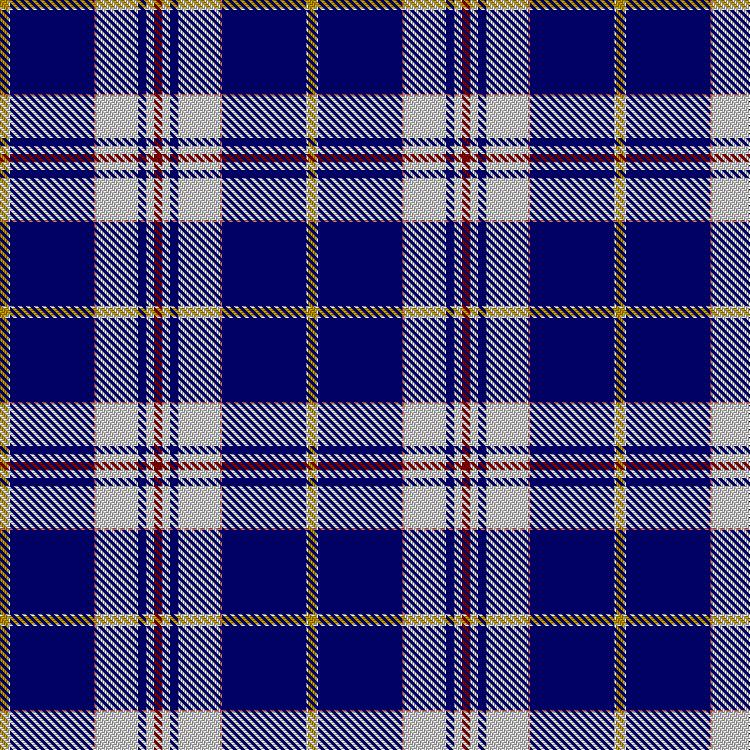
Presley of Memphis tartan image from Scottish Register of Tartans 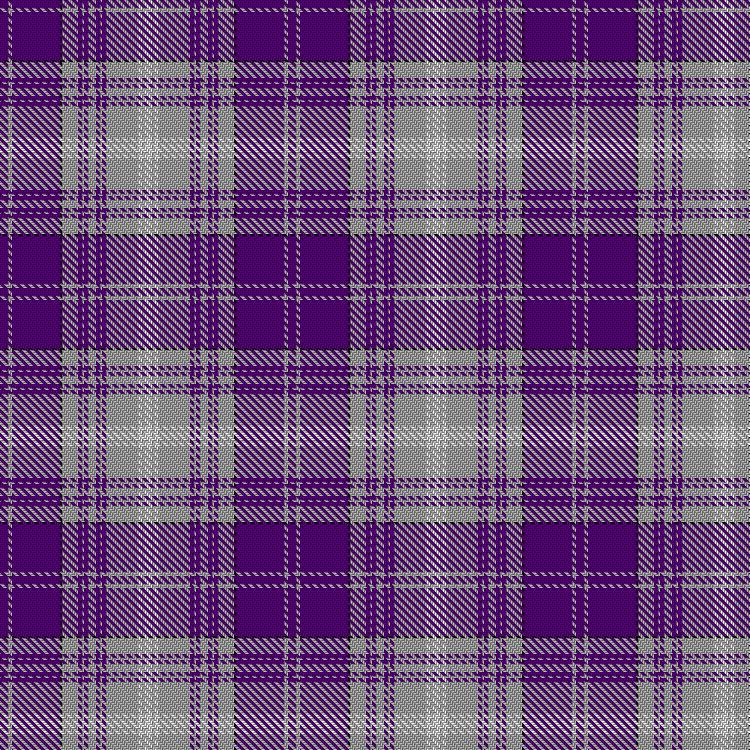
Purple Rain tartan image from Scottish Register of Tartans 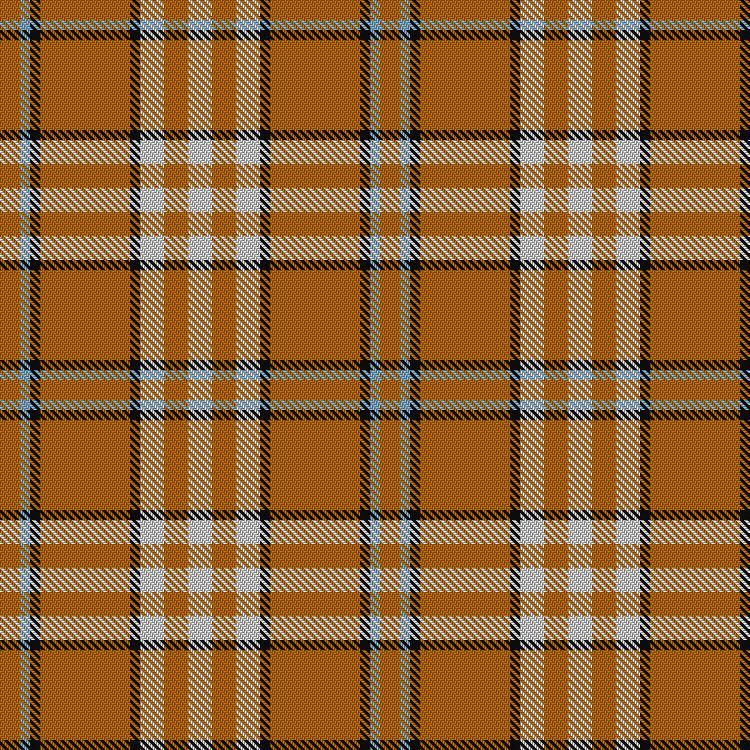
Tennessee Volunteer tartan image from Scottish Register of Tartans
While not all 50 of the United States have a tartan, most do, and so do all branches of the U.S. military. Many colleges have a tartan — the Tennessee Volunteer tartan of the University of Tennessee features lots of orange and white, of course! The clergy, firefighters and law enforcement also have their own tartans.
Continuing with famous tartans, Jamie Fraser of Outlander fame wears Outlander Fraser tartan, a variation of the Fraser tartan designed specifically for the television series. Members of Merida’s Clan DunBroch in the Disney film Brave wear a tartan design created just for the film (as was the Clan’s name). While Peter Pan never wore a tartan, one was designed bearing his name, and the royalties from its use go to the Great Ormond Street Hospital for Sick Children as J.M.Barrie donated all the rights to Peter Pan to the hospital.
To explore more unusual tartan choices, check out Curious and Unusual Tartans, but be sure you have time to kill because it’s weirdly fascinating for fans of tartan!
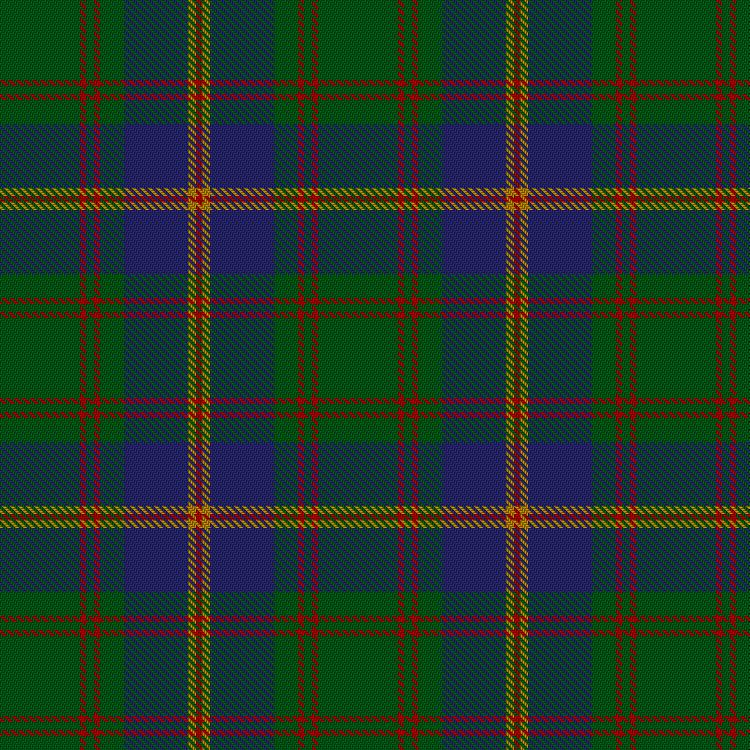
US Marine Corps tartan image from Scottish Register of Tartans 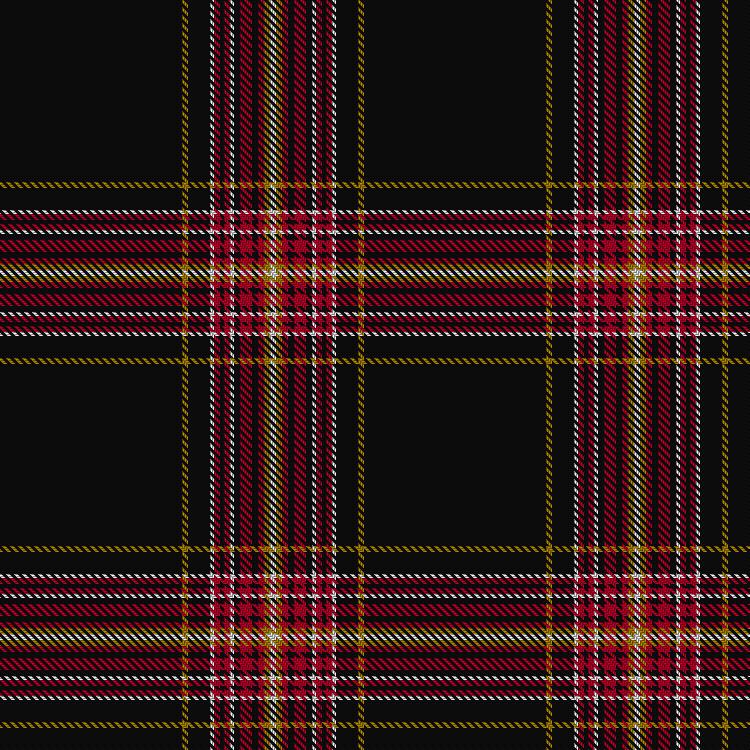
Firefighters tartan image from Scottish Register of Tartans 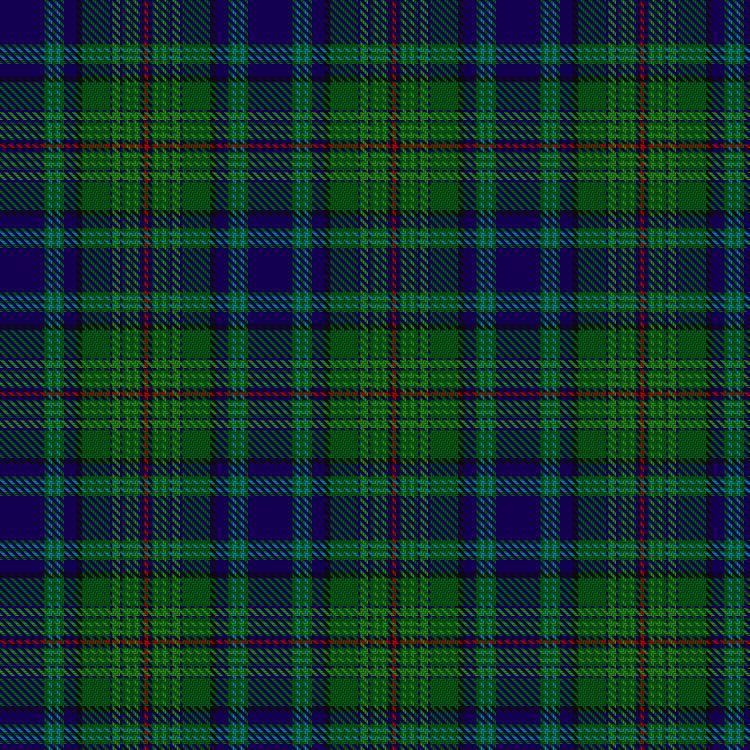
Peter Pan tartan image from Scottish Register of Tartans 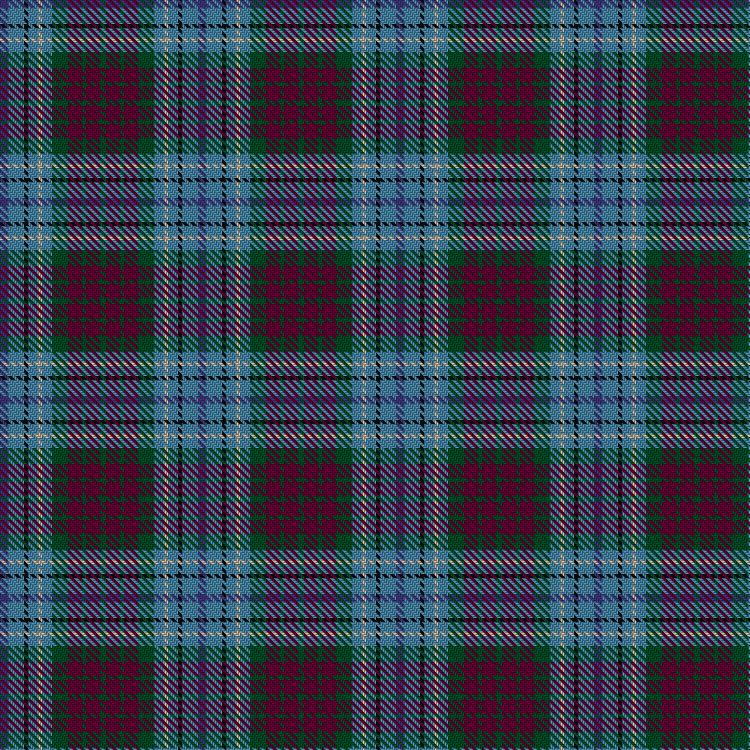
DunBroch tartan image from Scottish Register of Tartans
Clan tartan variations
Having explored the options, if you’re still set on a clan tartan be prepared to choose from a number of color variations for each clan. (If you’re unsure about your clan, check out my blog, Were my Ancestors Part of a Scottish Clan?) When modern, chemical dyes became widely available to the mills, they were able to create color variations and so responded to market interest with options. Typically, clan tartan designs are available in modern, ancient, weathered, hunting and dress versions. Some clans have even more variations; for example, Clan Donald (MacDonald) has more than 40 tartans associated with it! You should also keep in mind that tartan colors vary based on mills. My husband has a modern Anderson casual kilt from one company and a nicer, modern Anderson kilt from another company, and the colors in the kilts are not the same.
Just remember: don’t get stuck trying to choose the most authentic tartan; because as I explored in the Truth About Tartan: Part 1, tartan designs are a fairly modern creation. There’s no right or wrong tartan for you — it’s your personal choice. What is most likely to influence your decision is the availability of the product you want in a specific tartan and its cost. But beware, like many Scottish Americans you may find that one tartan is just not enough!
Read next: If you can’t find a tartan to suit you, consider designing your own!


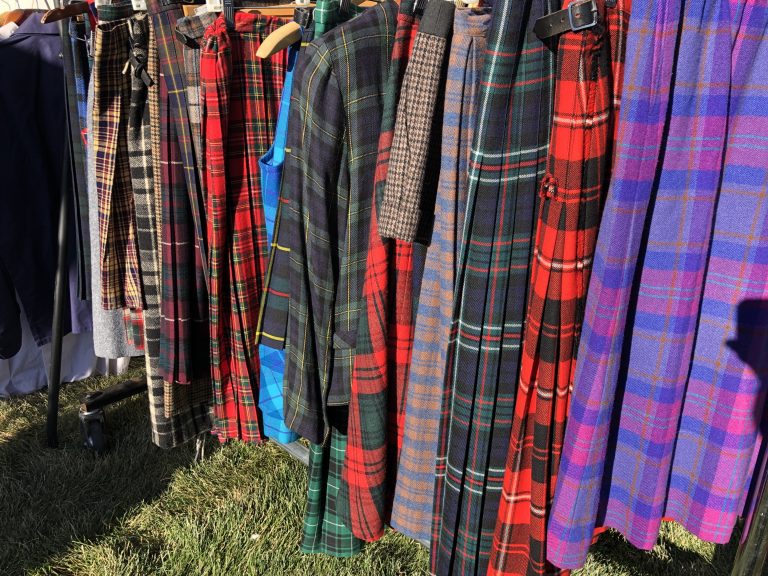
1 Comment
Should I begin exploring the Campbell options?😏